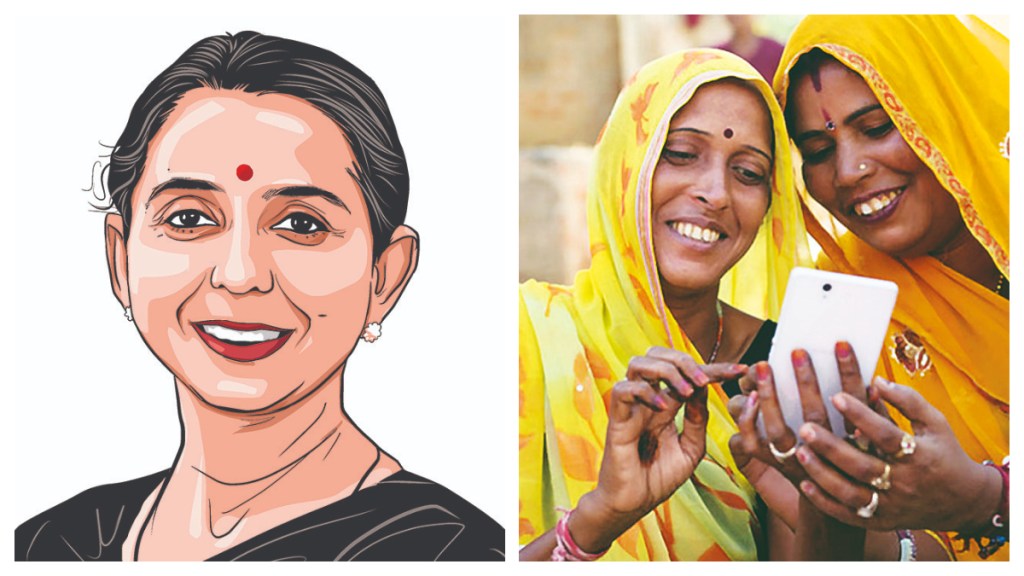India has been successful in providing access to banking and financial services to the hitherto deprived segments of population with the help of initiatives such as Jan Dhan Yojana, Aadhaar and UPI. It is no mean feat that almost 65% of the population has benefitted as a result of the digital linkages that have been established. With this basic building block in place, the next exciting milestone to aim for is empowerment of the disadvantaged segments — particularly in rural India.
The predominant conduit for empowerment would be digital and AI-led solutions Since a large part of the population is not digitally savvy, it would be necessary to design the solutions to be accessed by them through voice enabled systems and visual UIs. The data models built with the initial set of users from urban locations may not be applicable to rural customers. Hence new sets of algorithms need to be developed that would be based on the profiles of rural customers and with the help of database pertinent to specific geographies, bias creeps in the models could be avoided.
Although 99.9% Indian villages are electrified, many villages experience frequent power cuts which would not augur well for digital banking and AI solutions. As per a Trai report, rural internet penetration stands at only 38% as compared to access in urban locations where it is approximately 70%. Therefore, conceiving the solutions as offline-first apps would be necessary. Also, banking touchpoints are not in close proximity of households. Therefore, banking correspondents need to be trained well to explain AI-led financial options.
One of the biggest bottlenecks in enhanced empowerment through AI solutions would be in building models in multiple languages to suit the diverse population needs. At present, only 10% of the content is available in Indian languages. In this context, language platforms like Sharechat are experiencing growth with the regional language content and apps. Companies like Sarvam AI have been working to solve this problem by developing LLMs to support Indian languages.
Most of the credit scoring systems are dependent upon credit history of the individuals. Since in rural areas, this would not be easily available, AI systems are using alternative data sources like utility and rent payments, social media activities and mobile usage patterns to determine credit worthiness for lending purposes. RiskSeal provides Indian fintech companies with over 400 real-time insights per applicant, facilitating more inclusive lending decisions. There are also platforms like Bijak that are empowering farmers to make prompt decisions based on insurance and credit options on a real time basis. The Open Network for Digital Commerce (ONDC) would not only enable small vendors to expand their market access, but AI tools could also provide credit assessments and personalised financial offerings.
In the context of rural India, AI can empower even the smallest of farmers to build sustainable incomes. With proper planning, mapping of customer profiles and prioritisation of service offerings, it could play a transformative role in enabling financial inclusion at the grassroots.
The writer is chairperson, Global Talent Track

